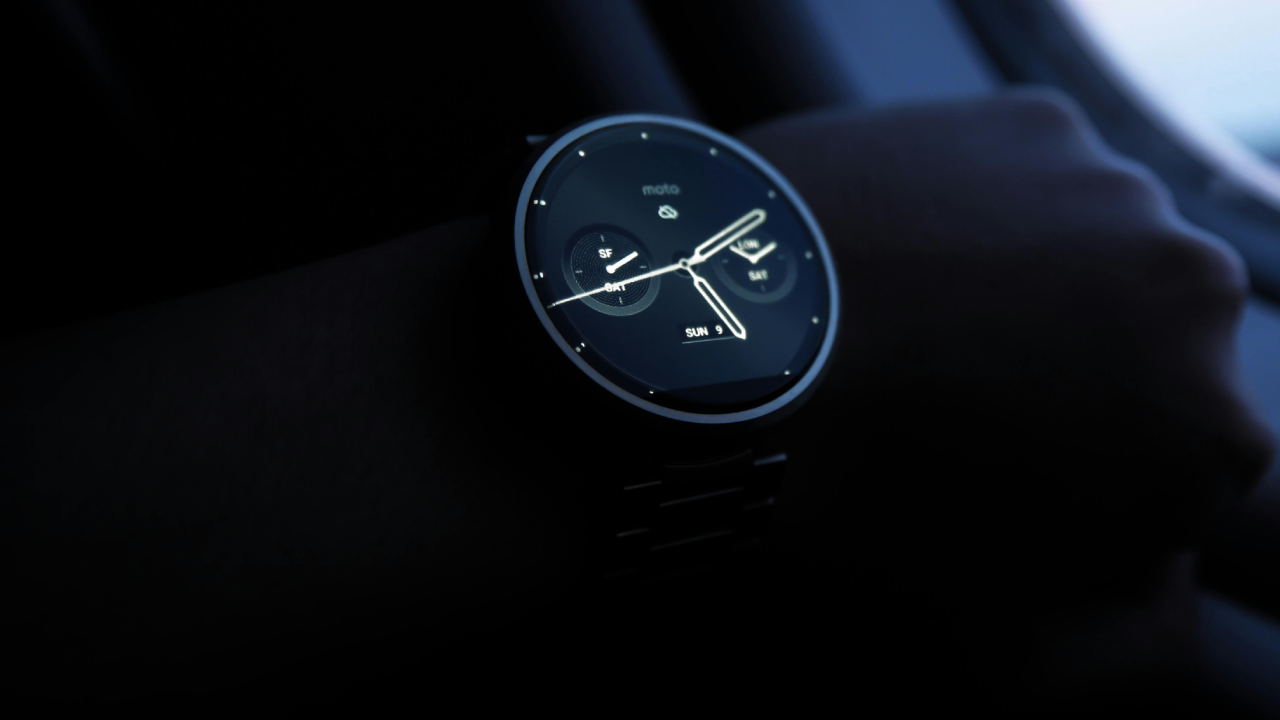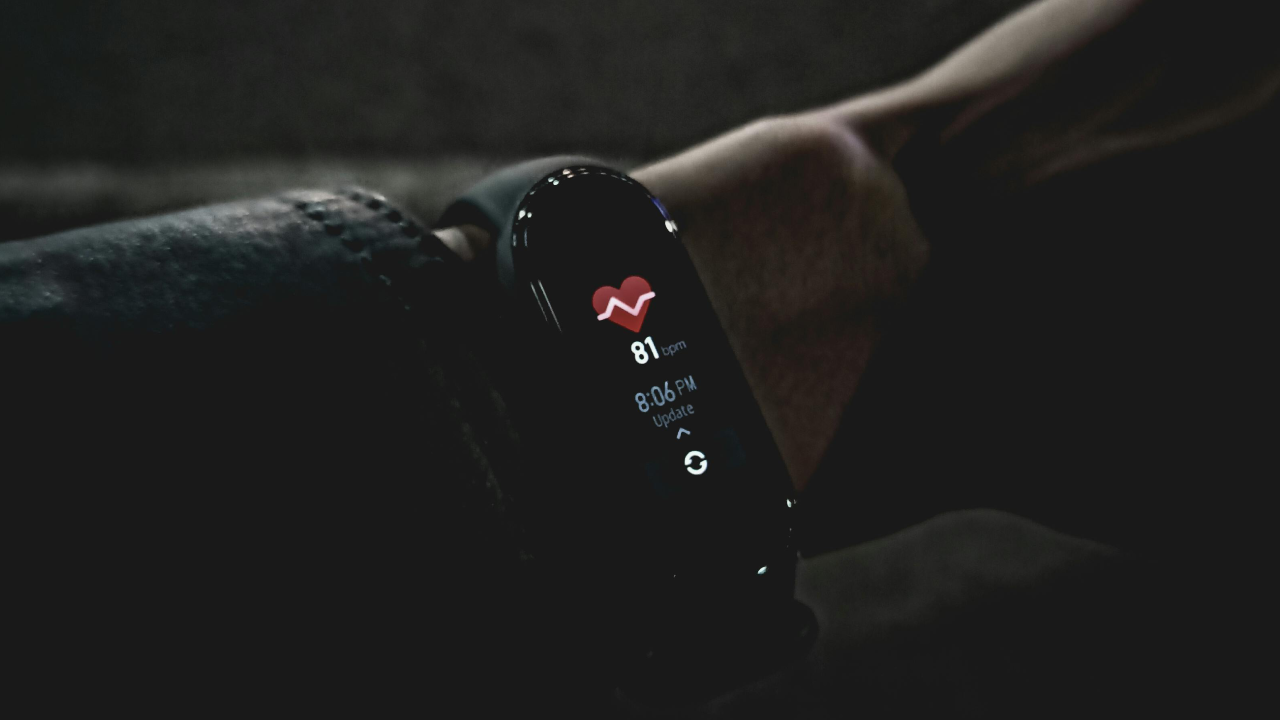In recent years, smartwatches have revolutionized the way people track their health and fitness. One of the most appealing features of these devices is their ability to monitor sleep. Sleep is a fundamental aspect of human health, affecting physical and mental well-being. However, many people struggle to get enough sleep or experience poor-quality rest. As a result, understanding and optimizing sleep patterns has become a top priority for individuals aiming to improve their health. Smartwatches, with their sleep-tracking technology, have become valuable tools in achieving this goal.
But how do smartwatches measure sleep time, and how accurate is the data they provide?
Intricate processes behind sleep tracking, examining the technologies and sensors that smartwatches use to monitor sleep patterns and discussing the accuracy and limitations of this popular feature.
Table of Contents
The Importance of Sleep and the Rise of Sleep Tracking Technology
Before diving into how smartwatches measure sleep, it’s essential to understand why sleep is so crucial for overall health. Sleep affects nearly every system in the body, including the brain, heart, and immune system. It plays a role in emotional regulation, memory consolidation, muscle repair, and energy restoration. Insufficient or poor-quality sleep can lead to numerous health problems, including obesity, cardiovascular disease, diabetes, and mental health disorders.
As people become more health-conscious, interest in sleep tracking has surged. The ability to monitor sleep at home, without expensive equipment, has made it easier for people to gain insights into their sleep habits. Enter smartwatches and fitness trackers, which promise a convenient and accessible way to track sleep time and quality.
![]()
How Smartwatches Detect Sleep
Smartwatches use a combination of sensors and algorithms to detect when a person falls asleep, when they wake up, and the various stages of sleep they experience. Here are the key components that make this possible:
1. Accelerometers: Motion Detection
The most basic technology that smartwatches use to detect sleep is the accelerometer. An accelerometer is a small sensor that detects movement in three dimensions. By analyzing motion data, the smartwatch can determine whether a person is asleep or awake.
When you’re awake, your body tends to move frequently. You might roll over, adjust your position, or change posture while sitting or lying down. When you’re asleep, particularly during deep sleep, your movements become minimal. The accelerometer detects this reduced activity and uses it as a cue to determine that you’re sleeping.
Most smartwatches use a threshold system, where a lack of movement for a certain period triggers the start of a sleep-tracking session. If the watch detects more movement after a prolonged period of inactivity, it assumes the user has woken up.
2. Heart Rate Sensors: A Window Into Sleep Stages
While accelerometers can help determine when you’re asleep, they are not sufficient for identifying different sleep stages. That’s where heart rate sensors come into play. Most modern smartwatches are equipped with optical heart rate sensors, which use a technology called photoplethysmography (PPG).
PPG involves shining light onto the skin and measuring the changes in light absorption caused by blood flow. As your heart pumps blood, the watch can detect variations in blood volume and calculate your heart rate. Heart rate changes significantly during different stages of sleep, which allows the smartwatch to estimate when you are in light, deep, or REM (rapid eye movement) sleep.
During REM sleep, when dreaming occurs, your heart rate tends to fluctuate more. In contrast, during deep sleep (slow-wave sleep), your heart rate slows down, and your body becomes more relaxed. By combining heart rate data with movement data, the smartwatch can estimate not only how long you slept but also the quality and structure of your sleep.

3. Pulse Oximetry: Monitoring Oxygen Levels
Some advanced smartwatches are equipped with pulse oximeters, which measure blood oxygen levels. Oxygen saturation can be an indicator of potential sleep-related issues, such as sleep apnea. Sleep apnea is a condition where breathing repeatedly stops and starts during sleep, leading to poor sleep quality and various health complications.
By monitoring oxygen levels throughout the night, smartwatches can detect drops in oxygen saturation, which may signal interrupted breathing patterns. This feature is particularly useful for identifying issues that might go unnoticed during the night but have a significant impact on sleep quality.
4. Skin Temperature Sensors: Tracking Environmental Changes
Although less common, some smartwatches also feature skin temperature sensors. These sensors monitor fluctuations in skin temperature, which can provide insights into your body’s natural circadian rhythms. During sleep, your body temperature naturally drops, and skin temperature sensors can help identify whether your sleep environment is too hot or too cold, potentially affecting your rest.
While skin temperature sensors are still in the early stages of integration in most wearables, they hold promise for enhancing the accuracy of sleep tracking by offering another layer of data about how your body behaves during sleep.
Algorithms and Data Interpretation
Sensors alone aren’t enough to provide useful sleep insights. The raw data collected by the accelerometer, heart rate monitor, and other sensors must be processed by algorithms to create a sleep report. These algorithms are designed to recognize patterns associated with sleep and wakefulness and to classify different stages of sleep based on heart rate variability, motion, and other factors.
When you wake up in the morning and check your smartwatch, it presents you with a detailed breakdown of your sleep. This breakdown typically includes:
- Total sleep duration
- Time spent in each sleep stage (light, deep, REM)
- Restlessness or wakefulness during the night
- Sleep efficiency (percentage of time spent asleep versus in bed)
Each smartwatch brand has its own proprietary algorithms, which means that sleep-tracking results can vary between devices. Some algorithms are more refined than others, and manufacturers are continuously working to improve the accuracy of their sleep-tracking features.
How Accurate Are Smartwatches at Measuring Sleep?

The question of accuracy is one of the most significant concerns for users. Smartwatches can be remarkably accurate at detecting when you’re asleep or awake, thanks to the combination of motion tracking and heart rate monitoring. However, when it comes to differentiating between sleep stages, the accuracy may not be as precise as clinical sleep studies that use EEG (electroencephalogram) readings to monitor brain activity.
While smartwatches can offer a general idea of your sleep patterns, they should not be considered a replacement for medical-grade sleep monitoring. The most accurate way to diagnose sleep disorders, such as sleep apnea or insomnia, is through a polysomnography test conducted in a sleep lab. This test monitors brain waves, heart rate, breathing, and eye movements in real-time, providing a much more comprehensive picture of sleep than a smartwatch can.
That said, smartwatches offer a highly convenient and accessible way for the average person to gain insights into their sleep habits. They provide valuable data for people looking to improve their sleep hygiene or address issues such as insufficient sleep or frequent waking during the night.
Factors That Affect the Accuracy of Sleep Tracking
Several factors can influence how accurate a smartwatch is at tracking your sleep:
- Fit and Positioning: For optimal accuracy, the smartwatch must be worn correctly. A loose or improperly positioned watch may not capture accurate heart rate or movement data.
- Device Quality: Not all smartwatches are created equal. High-end devices from companies like Apple, Garmin, and Fitbit tend to offer more accurate sleep tracking than lower-end models.
- User Habits: Certain behaviors, such as staying still while awake (e.g., reading in bed) or moving frequently during sleep, can confuse the sensors and algorithms, leading to inaccurate results.
- Sleep Environment: External factors, such as temperature, noise, and light, can affect your sleep and potentially influence the data collected by the smartwatch.
